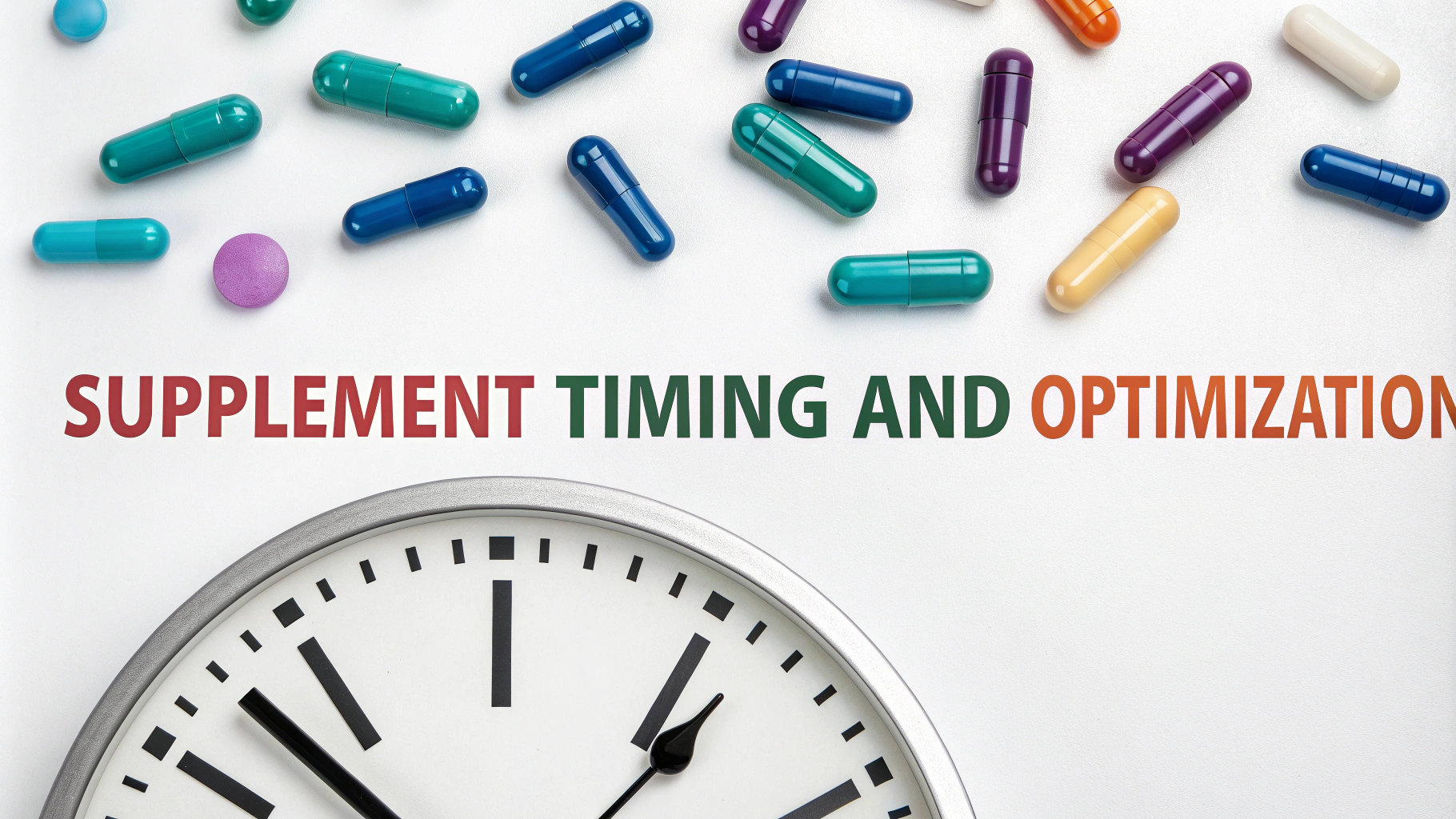Women athletes and fitness enthusiasts often find their usual training routines disrupted during menopause, but with proper adjustments, maintaining strength and fitness during this transition is absolutely possible.
Understanding Menopause and Exercise
Menopause typically occurs between ages 45-55, marking the end of menstrual cycles and bringing significant hormonal changes that affect workout performance and recovery.
- Lower estrogen levels can decrease muscle mass
- Metabolism typically slows down
- Joint flexibility may decrease
- Sleep quality often diminishes
- Temperature regulation becomes more challenging
Workout Modifications for Menopausal Women
Focus on these key training areas to maintain fitness and manage symptoms:
| Exercise Type | Benefits | Frequency |
|---|---|---|
| Strength Training | Maintains bone density, muscle mass | 2-3x/week |
| Low-Impact Cardio | Heart health, weight management | 3-4x/week |
| Yoga/Stretching | Flexibility, stress reduction | 2-3x/week |
Nutrition Strategies
Proper nutrition becomes even more important during menopause.
- Increase protein intake to 1.2-1.6g per kg of body weight
- Focus on calcium-rich foods for bone health
- Add omega-3 fatty acids to reduce inflammation
- Maintain hydration with 2-3 liters of water daily
Managing Common Challenges
Try these solutions for common menopausal exercise challenges:
- Hot flashes: Exercise in temperature-controlled environments, wear moisture-wicking clothes
- Joint pain: Start with water exercises or low-impact activities
- Fatigue: Schedule workouts during peak energy times
- Sleep issues: Exercise earlier in the day, not within 3 hours of bedtime
Recovery and Rest
Recovery becomes more important during menopause as hormonal changes can affect healing time.
- Allow 48 hours between strength training sessions
- Incorporate active recovery days with gentle movement
- Listen to your body and adjust intensity as needed
- Use foam rolling and stretching for muscle recovery
When to Seek Help
Contact a healthcare provider if experiencing:
- Unusual joint pain or persistent injuries
- Extreme fatigue that doesn’t improve with rest
- Severe hot flashes that interfere with exercise
- Significant mood changes affecting workout motivation
For professional guidance, consult with a certified menopause practitioner through the North American Menopause Society.
Safety Considerations
Implement these safety measures to prevent injury and ensure effective workouts:
- Start each workout with a longer warm-up (10-15 minutes)
- Monitor heart rate during cardio exercises
- Use proper form during strength training
- Modify exercises when experiencing discomfort
Tracking Progress
Monitor your fitness journey with these methods:
- Keep a workout journal
- Track energy levels throughout the day
- Record strength gains and endurance improvements
- Document symptom changes related to exercise
Building Support Systems
Professional Support
- Work with certified fitness trainers familiar with menopause
- Consult nutritionists for dietary guidance
- Join menopause-specific fitness classes
Community Support
- Connect with other women experiencing similar changes
- Share experiences and strategies in support groups
- Find workout partners with similar goals
Conclusion
Maintaining fitness during menopause requires adaptation and patience. By implementing appropriate exercise modifications, nutrition strategies, and recovery practices, women can continue to achieve their fitness goals throughout this transition. Remember that each person’s experience is unique, and what works best will vary individually. Stay consistent with your adapted routine while remaining flexible enough to adjust as needed.
FAQs
- How does menopause affect my exercise performance and what adjustments should I make?
During menopause, declining estrogen levels can impact muscle strength, bone density, and energy levels. Focus on strength training 2-3 times per week, incorporate weight-bearing exercises, and adjust workout intensity based on energy levels. Listen to your body and allow for longer recovery periods when needed. - What are the best types of exercises for maintaining bone density during menopause?
Weight-bearing exercises like walking, jogging, and resistance training are crucial for bone health. Include exercises that involve impact and loading of bones, such as squats, lunges, and step-ups. Aim for at least 150 minutes of moderate-intensity exercise per week. - How should I modify my nutrition during menopause to support fitness goals?
Increase protein intake to 1.2-1.6g per kg of body weight to maintain muscle mass. Focus on calcium-rich foods (1200mg daily) and vitamin D (800-1000 IU daily). Reduce refined carbohydrates and increase fiber intake to help manage weight changes. - Can exercise help with menopausal symptoms like hot flashes and mood swings?
Regular exercise can reduce hot flashes by up to 60% and improve mood by increasing endorphin production. Activities like yoga and swimming can help regulate body temperature and reduce stress levels. - What’s the best time of day to exercise during menopause?
Exercise when body temperature is lower to minimize hot flashes. Many women find morning workouts most effective. Avoid intense exercise close to bedtime as it may interfere with sleep, which is often already disrupted during menopause. - How can I prevent exercise-related joint pain during menopause?
Include low-impact activities like swimming or cycling, maintain proper form, warm up adequately, and consider joint-supporting supplements like glucosamine. Incorporate mobility exercises and gentle stretching routines. - What nutritional supplements are beneficial during menopausal training?
Key supplements include calcium, vitamin D, magnesium, and omega-3 fatty acids. Some women benefit from vitamin B complex and iron supplements. Always consult healthcare providers before starting any supplement regimen. - How can I maintain muscle mass during menopause?
Focus on progressive resistance training, ensure adequate protein intake, get sufficient sleep (7-9 hours), and include recovery days between strength sessions. Consider working with a trainer to optimize form and programming. - What are effective strategies for managing weight during menopause?
Combine strength training with cardio, practice portion control, increase protein intake, minimize processed foods, and maintain a consistent eating schedule. Track food intake and adjust calories as metabolism changes. - How often should I adjust my training program during menopause?
Review and adjust your program every 4-6 weeks, accounting for energy levels, symptoms, and progress. Be flexible with intensity and volume, and modify exercises based on how your body responds to hormonal changes.







